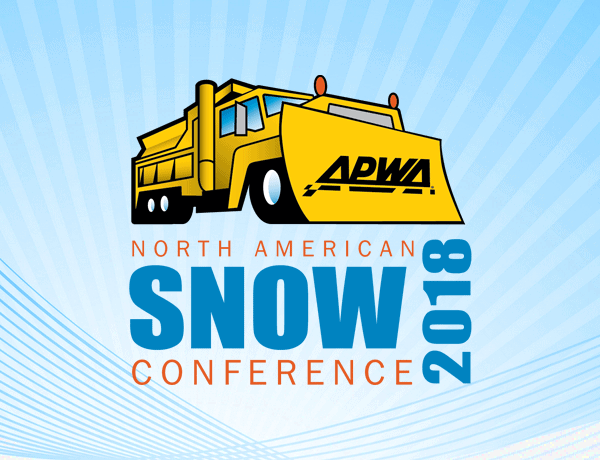Video
The Institute for Sustainable Infrastructure (ISI) released the Envision rating system in 2012. It is a collection of best practices to help infrastructure professionals make better decisions during the lifecycle of all types of infrastructure. ISI considers resilience as a component of sustainability and defines resilience as the ability to successfully adapt to and/or recover readily from significant disruption. In the updated version of Envision, ISI has significantly expanded the Envision credits in terms of risk management, energy and emissions, climate change, durability and adaptability, recovery and synergies, and sustaining innovation. This presentation will introduce the new Envision v3 resilience credits and provide case study examples.
Read MoreRoad salts are entering the environment in large amounts and posing a risk to plants, animals, birds, fish, lake/stream ecosystems, and groundwater. The City of Barrie, Ontario, has found that concentrations of sodium and chloride for certain supply wells are trending upward near the point of exceeding Ontario Drinking Water Standards. The City has developed a Salt Optimization Strategy to identify opportunities to maintain safe surfaces for pedestrian and vehicular traffic while minimizing the environmental impacts of salt application.
Read MoreThe immediacy at which the average person expects information regarding public services is at an all-time high. Let’s take a look at the communication pitfalls that snow and ice operations can sidestep by having an effective winter operations communication strategy. We’ll share tips for ways to tell the snow and ice control story in such a way that builds confidence in the operations and garners appreciation for those who work around the clock to keep our roadways safe.
Read MoreWhen disasters and other emergencies occur, public works personnel are among the first to respond. Responsibilities include clearing roadways so that other responders can reach stricken areas, traffic control, debris management, infrastructure repair, and assistance with rescue, evacuation, and restoration of certain services. With a national focus on resiliency through critical infrastructure protection, public works must have a seat at the table with police, fire, and public health when planning and training for the management of emergency incidents.
Read MoreThe Norwegian Association of Municipal Engineers, in cooperation with the Norwegian Water Association, recognize that public workers have a great influence on the livability and health of their communities. To recognize the contribution of water operators and engineers, they present an award each year called “Norway’s Best Drinking Water” to those responsible for ensuring safe and environmentally-sound water supply.
Read MoreThe diversity of characteristics and values represented by the various generations in the workplace can make for issues in communication, collaboration, and motivation. Join us for this discussion of the nine perceived vs. intrinsic competencies of Millennials and how to apply different managerial methods to create high performing teams.
Read MoreRegardless of the type or quantity of vehicles or equipment your agency needs, the most important part of the procurement decision-making process is making the right selection for the agency’s needs. Not only can the wrong choices negatively impact the agency’s service delivery, but they can also waste taxpayer dollars. This session will provide an overview of APWA’s Spec Writing 101 publication that provides an overview of how to conduct a legal and ethical procurement process for vehicles, equipment, and services to meet your agency’s operational needs.
Read MoreSince its first publication a decade ago, the American Society of Civil Engineers (ASCE)’s American Infrastructure Report Cards have shed an ignoble light on the state of infrastructure in many states. Attention has mostly been on transportation and water infrastructure without as much attention to aging facilities as much as parks, recreational fields, municipal office buildings, pumping stations, fleet operations, etc. This presentation will feature a case study from Southeastern Michigan about an infrastructure condition and prioritization technique.
Read MoreStudies show that, on average, 80% of collection system issues reside in 20% of the entire system. This presentation will discuss refined technologies for breaking the collection system into smaller basins or micro-detection of issues to aid in locating surcharging, overflows, and infiltration and inflow. Micro-detection can be accomplished quickly and inexpensively with low-cost sensors, wireless connectivity, high-speed analytics, and sensor driven cameras. These tools form the backbone of an intelligent wastewater network.
Read MoreThe workforce is more diverse that it has ever been. Older workers are staying in the workforce longer, younger workers are coming in without the actual skills to perform the job. The age range could be from 20 to 70. That could be challenging, but it could also present some wonderful opportunities for knowledge-sharing from all five of the generations in the work place. Learn from managers representing different generations how they handle various situations and how to build and maintain a cohesive workplace.
Read More